News
What Remains of Monarch Talk on Tuesday
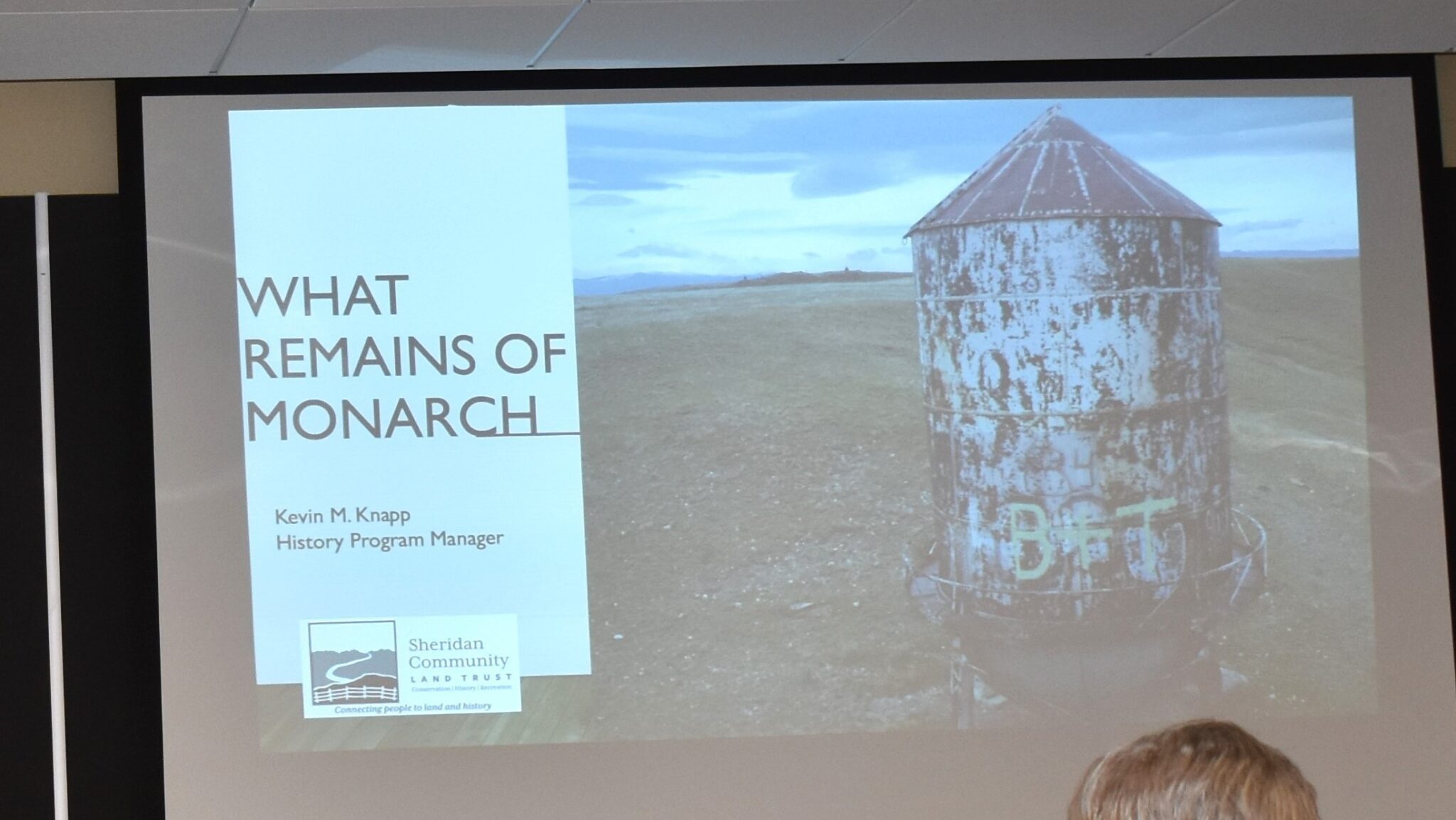
On Tuesday, Jan 14, SCLT Explore History Program featured what remains of the town of Monarch. Kevin Knapp, SCLT, history program manager, presented the slide show program at the Hub on Smith. A large crowd filled the dining room to hear the program.
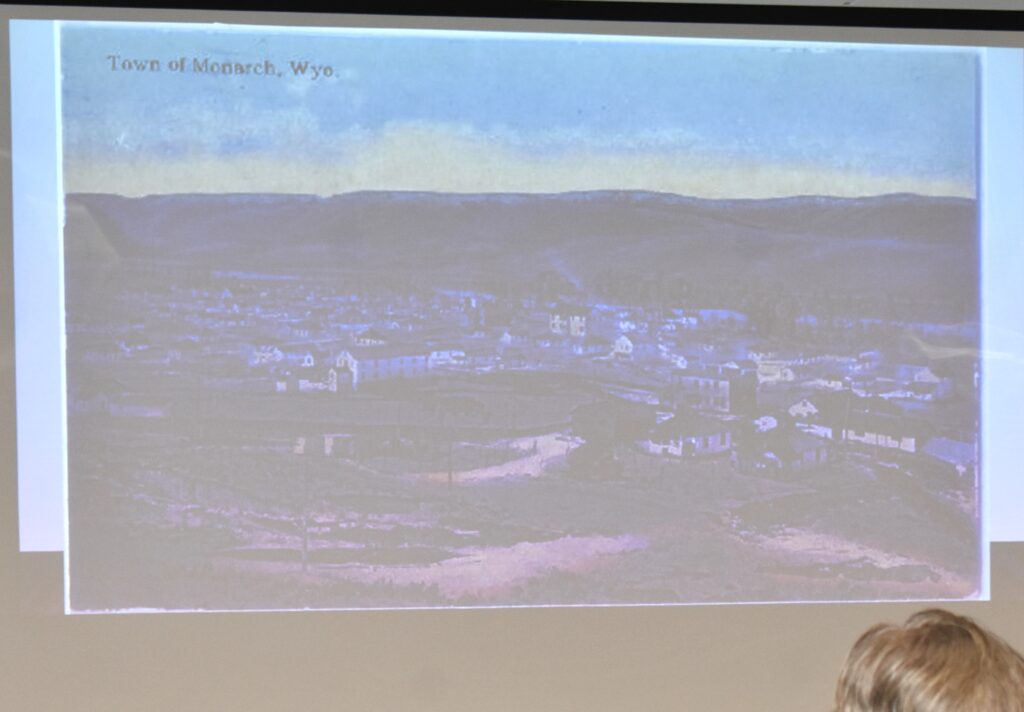
Knapp talked about when Monarch was founded in 1903, about the time when CB&Q railroad came to the area.
The company put up pre-fad houses, hired miners, and ended up making a lot of money. Knapp said there was an anecdote in 1907, the owners were indicted and found guilty of conspiracy to defraud the government and faced two years in prison. Later, the conviction was reserved due to the statute of limitations having run out.
At one time the town had around 1000 residents, and the mine was the oldest and longest running coal mines in the state, and highest producing coal mine in Wyoming
The water tower still stands above the site of Monarch, and when it was in use the miners pumped water from the Tongue River up into the tower, and gravity flowed the water down to the Tipple.
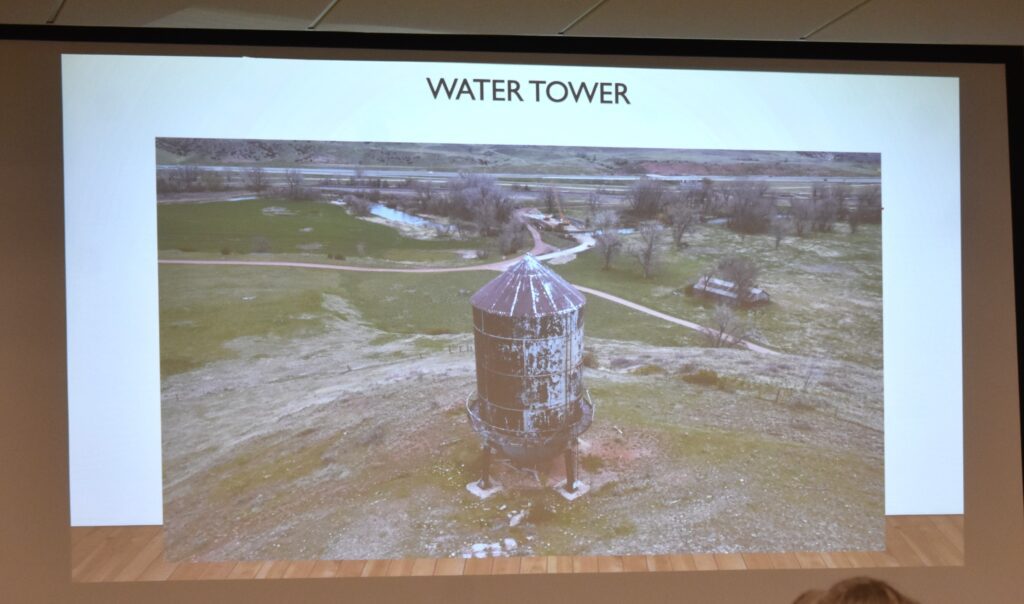
“I imagine they would use water to suppress the coal dust,” Knapp said. He added that the water system was also used for firefighting, as a lot of fire happened due to the coal heat used in the homes.
He also talked about the Monarch Band, which was started by several young people and played throughout the area.
SCLT volunteers have worked to clean up and document who was buried at the two cemeteries around Monarch, the Lutheran and the St. Thomas cemetery. These records were donated to the Wyoming Room in the Sheridan Fulmer Public Library.
“You can spend hours looking at what we collected,” Knapp said.
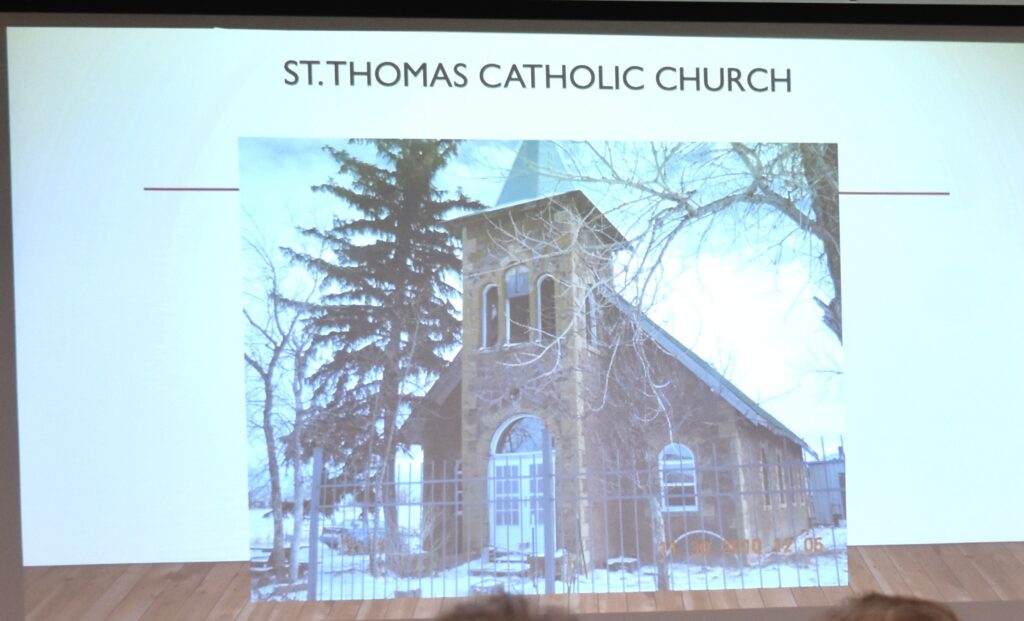
Knapp also talked about the bridge near Monarch, which was used for vehicles as well as coal cars. It was recently decommissioned and moved from its former location but is being preserved at another site not far away.
Knapp said that SCLT will put an information sign near the location of the bridge, and Knapp read some of the information that will be on the sign.
Due to the fact that trains began going to diesel instead of coal, and more people began using gas for heating, the coal mines closed down the miners were laid off, and the town was abandoned in 1953. Those who lost their jobs were, according to one newspaper article, “privileged to seek employment elsewhere.”
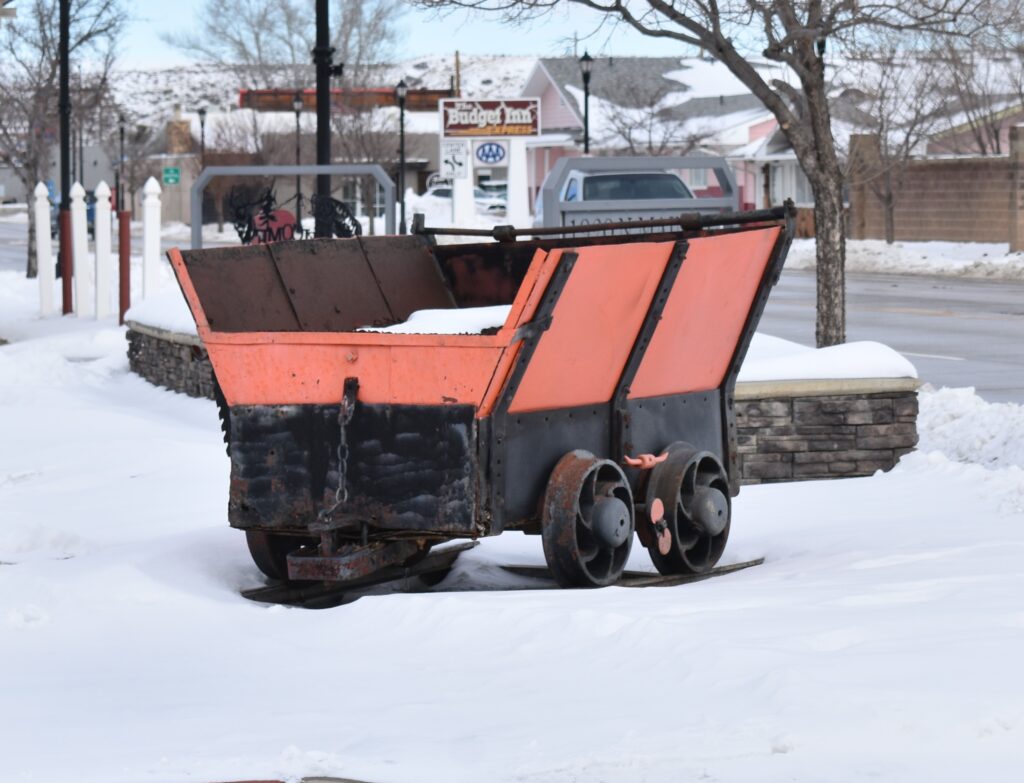
Monarch is featured on the SCLT Black Diamond Driving Tour about the coal camps, which can be accessed through the SCLT website. The old water town can still be seen above the townsite, there is an old mule barn, one house and St. Thomas church still stand as well, but the land is now privately owned. There are, however, interpretive signs near the site.
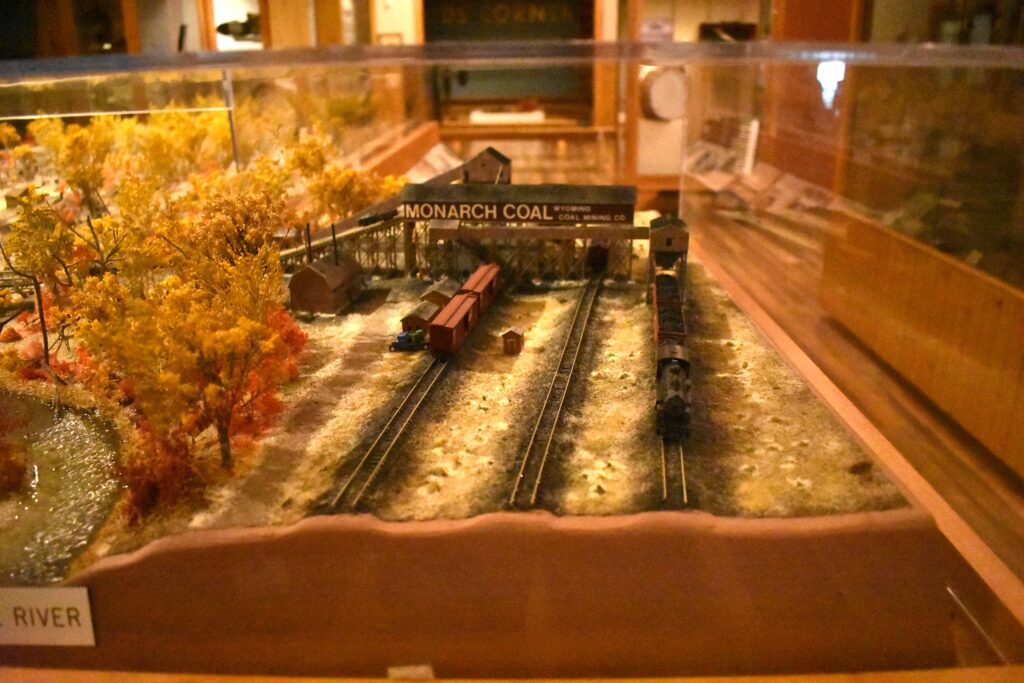
Diorama at Museum of the Bighorns
This program will be repeated on Jan. 21, at the 10:30 at the Tongue River Valley Community Center in Dayton.

